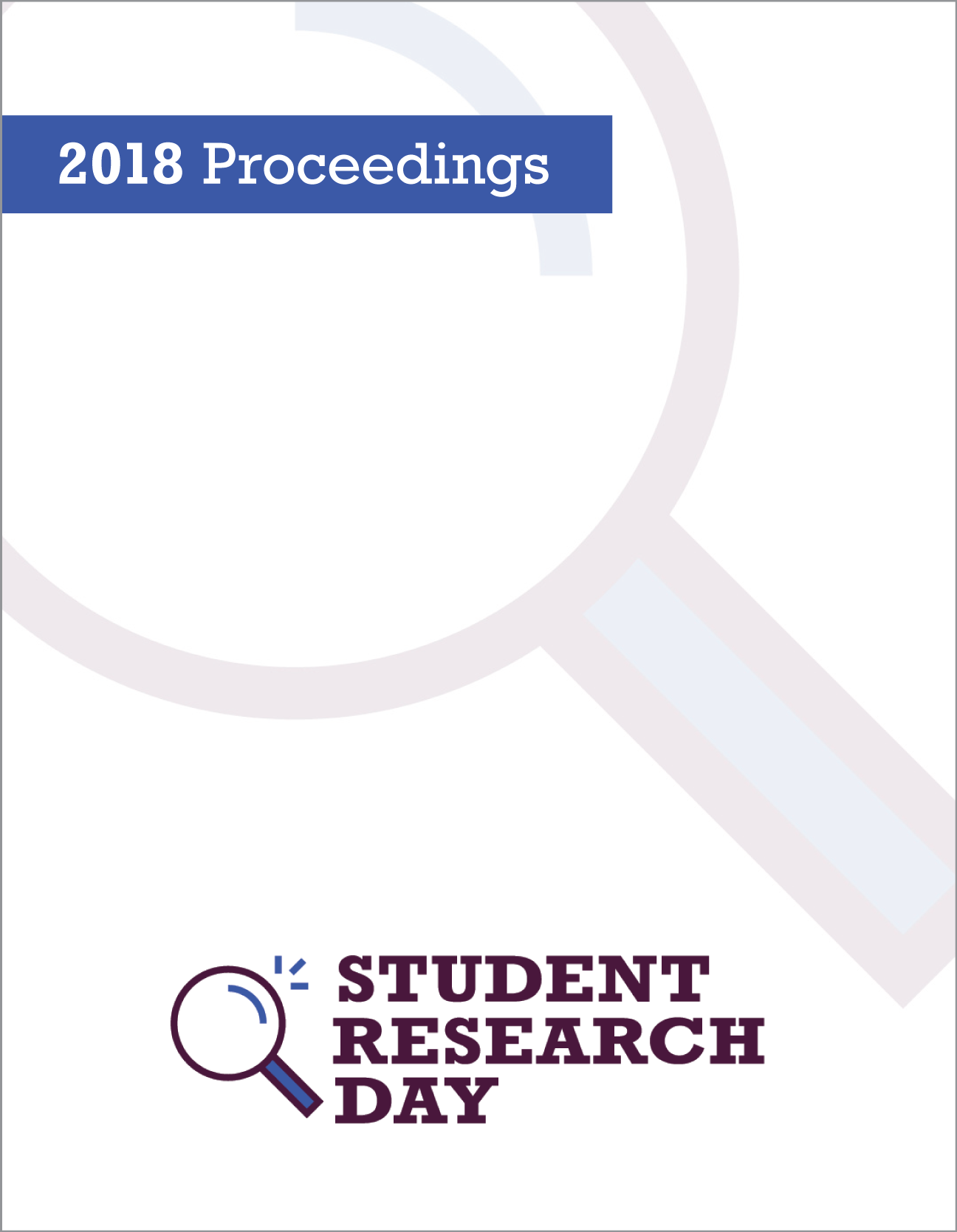Household Level FireSmart Adaptation Cost Analysis
Abstract
The effects of global climate change are increasing the frequency and intensity of wildfires in North America. The continued growth of wildland-urban interface (WUI) communities are placing more and more homes and businesses in regions where wildfires are a common occurrence. Without incentives and cost offsets from private insurers and government, homeowners have little incentive to invest in FireSmart adaptations to their property. In densely built neighbourhoods, a classic free rider problem develops where neighbours benefit from the FireSmart adaptations of their neighbours, but, in turn, place their neighbours at risk by remaining susceptible to fire. A cost analysis of FireSmart’s homeowner recommendations was conducted to estimate the compliance costs faced by the average homeowner in Fort McMurray, Alberta. This study determined that, over the lifecycle of a home, FireSmart’s recommended adaptations cost approximately 4% of average property value. If levels of government were to include fire-resistant adaptations within current home renovation rebate programs and if insurers were to include wildfire risk in their actuarial calculations, homeowners would benefit from increased awareness and financial incentives to carry out fire resistant adaptations on their property.
Discipline: Economics
Faculty Mentor: Dr. Rafat Alam
Downloads
Published
Issue
Section
License
Authors retain any and all existing copyright to works contributed to these proceedings.



